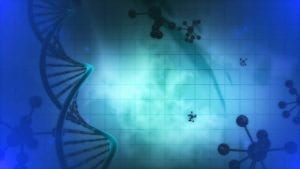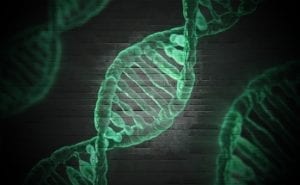Primary Ciliary Dyskinesia (PCD)
What is primary ciliary dyskinesia (PCD)?
Primary ciliary dyskinesia is a genetic disorder that affects the lungs and internal organs. The word “cilia” is derived from the Latin word for eyelashes, and cilia are hair-like organized cell structures that extend from nearly all our body’s cells—including the respiratory and reproductive systems. In the lungs, cilia usually help the body clear mucus out to keep it clear of fluid and bacteria. In PCD, the cilia don’t function as they are supposed to, which can lead to repeated serious infections and breathing problems. PCD can also cause frequent ear infections, infertility, and, rarely, too much fluid in the brain. Some people who have PCD also have internal organs that are unusually placed in their chest and abdomen. About half of all people with PCD have situs inversus totalis (in PCD, this is known as Kartagener syndrome), where their internal organs are reversed from normal positioning. About 12% of people with PCD have situs ambiguus (heterotaxy syndrome), in which the heart, liver, intestines, or spleen are lacking, multiplied, or abnormally shaped or located. PCD is present in about 1 in 16,000 to 20,000 births. It appears equally often in both males and females.What causes primary ciliary dyskinesia (PCD)?
Most of the time, PCD happens when a person has certain changes (mutations) in the genes that give the body instructions about making cilia, especially DNAI1 and DNAH5. Cilia are meant to move in a back and forth manner that helps the body’s organs to function properly. In PCD mutations, the cilia don’t move properly or can’t move at all. In many cases, however, the cause of primary ciliary dyskinesia is unknown.What parts of the body does primary ciliary dyskinesia (PCD) affect?
- Lungs
- Ears
- Sinuses around the nose (paranasal sinuses)
- Reproductive system
- Some internal organs may be missing, duplicated, or abnormally shaped or located
How do people inherit primary ciliary dyskinesia (PCD)?
PCD is inherited when both parents have the same mutated gene for the same trait, which is a pattern called autosomal recessive genetic inheritance. If someone inherits one normal gene and one for PCD, that person will be a carrier of the disease but usually won’t show symptoms. The risk of two carrier parents passing on the defective gene is 25%. The chance for them to have a carrier child is 50% for each pregnancy. The chance for their child to not have the mutation is 25%.Where can I find more information about primary ciliary dyskinesia (PCD)?
Primary Ciliary Dyskinesia (PCD) Articles


Patient Involvement in Genomic Research: Unpacking the “Genetics Unzipped” Podcast Episode S3.08
Jessica Lynn
April 22, 2020
Read More »

12 Year Diagnosis: One Girl’s Primary Ciliary Dyskinesia Story
Samuel Sachs
April 25, 2018
Read More »

New Research Is Investigating The Molecular Origins of Primary Ciliary Dyskinesia
James Moore
February 16, 2018
Read More »

Girl With Rare Disease Earns 2017 Health Hero Award From WebMD
Meagan Fulps
February 12, 2018
Read More »

Editor’s Choice: Rare Disease Day, Art and Shocking Videos
Patient Worthy Contributor
March 18, 2016
Read More »

Rare Artist at Rare Disease Week: Olivia and Her Drawing Triumphant Tiger
Kathy Devanny
March 14, 2016
Read More »






